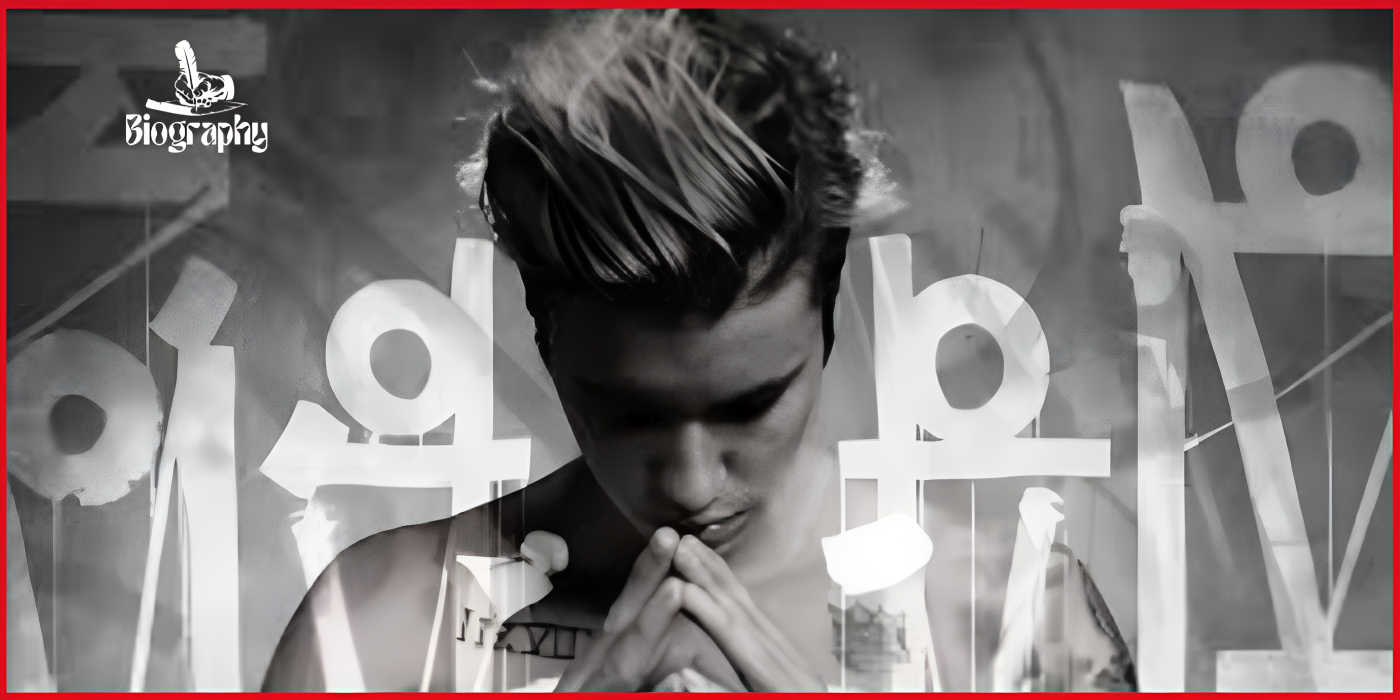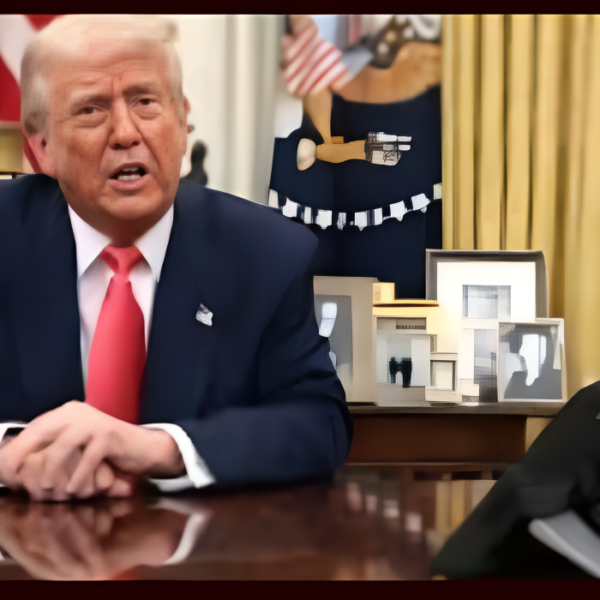In 2015, Justin Bieber released an album that did more than climb the charts—it redefined him as an artist. The Justin Bieber Purpose album was a major shift from the image that had surrounded him since his teenage years. Known for earlier hits like “Baby” and “As Long As You Love Me,” Bieber’s transformation on Purpose wasn’t just sonic; it was personal. It represented a mature identity and a conscious step toward deeper artistry.
Shedding the Teen Idol Image
After several years of public scrutiny and personal struggles, Bieber needed to reestablish himself. He had to prove that he was more than just a pop star manufactured for teenage audiences. And he did just that with the Justin Bieber Purpose album. The raw honesty in songs like “I’ll Show You” and “Purpose” made it clear that he wasn’t hiding anymore.
The Evolution of Sound
A Shift Toward EDM and Tropical House
Working with producers like Skrillex and Diplo, Bieber embraced a new sound. Tracks like “Where Are Ü Now” (under the duo Jack Ü) and “What Do You Mean?” introduced an electro-dance and tropical house vibe that felt fresh, yet emotionally rich. These tracks brought a level of depth that hadn’t been present in his earlier work.
“Where Are Ü Now” wasn’t just a radio hit; it was an experimental track that helped bridge EDM with mainstream pop. It opened doors for other artists to collaborate across genres. It also marked the beginning of Bieber’s fruitful partnership with Skrillex and Diplo, further highlighted in “Sorry.”
Collaboration and Genre-Blending
The Justin Bieber Purpose album also saw the singer working with a wide range of artists and producers. Benny Blanco, Poo Bear, and Big Sean all contributed to its unique mix of R&B, dance-pop, and electro-dance. This combination helped Bieber move beyond a typical pop framework, showing versatility and growth.
On “Love Yourself,” a stripped-down acoustic track co-written with Ed Sheeran and produced by Blanco, Bieber’s vocal delivery was controlled and heartfelt. This song, with its understated production, stood out in an era dominated by heavily produced tracks. Like many songs on the Justin Bieber Purpose album, it showcased a more intimate side of the pop star.
Cultural and Commercial Impact
Redefining Male Pop Stardom
The album played a key role in reshaping what it meant to be a male pop star in the 2010s. Vulnerability became a strength. Bieber wasn’t just singing about relationships and partying anymore. He was singing about faith, loss, redemption, and finding purpose.
Songs like “Purpose” openly referenced God and spirituality, giving fans a rare look into Bieber’s inner life. The vulnerability in his lyrics invited listeners to connect with him on a deeper level. This emotional honesty is part of what makes the Justin Bieber Purpose album so enduring.
Dominating the Charts
The Purpose (Justin Bieber album) was a commercial success in the United States and globally. It debuted at number one on the Billboard 200 and earned multiple platinum certifications. The album produced several top 10 hits, including “Sorry,” “What Do You Mean?,” and “Love Yourself.”
With over a million equivalent units sold within the first few weeks, it showed that Bieber could compete with anyone at the top of the industry. It wasn’t just teens listening anymore—adults were paying attention, too. The Justin Bieber Purpose album reached a much broader audience than his previous releases.
Touring and Legacy
The Purpose World Tour further solidified the album’s impact. The tour featured visuals and choreography that matched the album’s refined aesthetic, selling out arenas across the globe. More than that, it showed Bieber’s improved stage presence and command as a performer.
It’s also worth noting that while Bieber was making headlines with Purpose, One Direction released their final album, Made in the A.M., around the same time. Comparisons were inevitable, and many critics agreed that the Justin Bieber Purpose album had more staying power and maturity.
A Blueprint for Modern Pop
Influence on Other Artists
After Purpose, the influence of Bieber’s genre-mixing and emotional openness could be seen in the work of other artists like Halsey, Travis Scott, and even newer collaborations in the EDM world. Bieber’s willingness to take risks with sounds, working with unconventional producers for a pop artist, made him a trendsetter.
Bridging Genres
By fusing tropical house, dance-pop, and R&B, the Justin Bieber Purpose album blurred genre lines in a way that felt authentic rather than forced. Tracks like “Company” and “No Pressure” (featuring Big Sean) showed a smooth blend of electronic and R&B textures that became a blueprint for future pop projects.
The Justin Bieber Purpose album marked a moment where Bieber moved from teen sensation to respected artist. It brought together top-tier collaborations, fresh production, and deeply personal songwriting. It wasn’t just a collection of hits—it was a statement.
For fans and critics alike, the Justin Bieber Purpose album was more than an album; it was a turning point. It reshaped how people saw Justin Bieber and opened up a broader conversation about vulnerability, growth, and what it means to truly find your voice.












